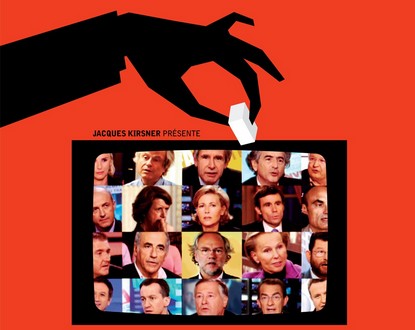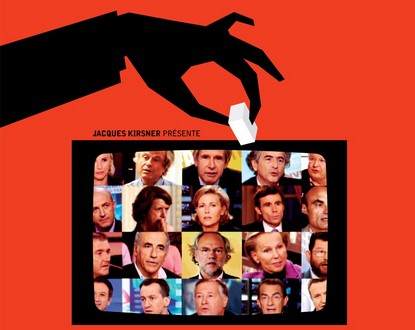The DNA (Association for Democracy in Nice), with ÉCLAT and Friends of Le Monde diplomatique, have decided to present to the general public, “The New Watchdogs” by Gilles Balbastre and Yannick Kergoat. A film that comes at the right time, in a most conformist and ambiguous context. The screening took place at Rialto in Nice, last February 3rd.

The DNA is an association from Nice that allows citizens to react to political, economic, and social events. Through the 7th art, the association shows us a rich and unfiltered view of current affairs.
The film debate was of course supported by “Friends of Le Monde diplomatique.” This association highlights daily issues of journalistic integrity. Its French newspaper, Le Monde diplomatique, is the most read worldwide but does not rely on advertising revenue, unlike many sources of information in France.
ÉCLAT, on the other hand, aims to be a true place of experience in cinema, promoting the circulation between dissemination, training, and creation in the visual domain.
This Film Debate allowed the general public to react to the movie “The New Watchdogs” by Gilles Balbastre and Yannick Kergoat.
Gilles Balbastre is a French journalist, the author of numerous documentaries. Often working alongside great sociologists such as Bourdieu, or even Alain Accardo, he actively participates in the analysis of journalistic practices. “The New Watchdogs” is initially a book written by Paul Nizan in 1932. This book was addressed to the philosophers and writers of his time who, under the guise of intellectual neutrality, imposed themselves as guardians of the established order. Today, the watchdogs are those journalists, editorialists, and media experts who have become evangelists of the market and guardians of the social order.
The film is therefore an analysis of current journalistic practices. It briefly retraces the history of French information showing that information has diversified with the emergence of numerous television channels and many radios. All this evolution supposedly enabling the truthfulness of information.
Gilles Balbastre and Yannick Kergoat, let the facts speak for themselves. They do not give their opinion but rather, in the manner of a philosopher, they assemble the pieces of a puzzle, the pieces of a tortuous journalistic reality.
The conclusion of this film:
“The vast majority of newspapers, radios, and television channels belong to industrial or financial groups closely linked to power. Within a tiny ideological perimeter, pre-packaged information, permanent contributors, undue notoriety, false confrontations, and back-scratching multiply.
The ‘free’ press dissolved as soon as the business project took precedence over the editorial objective that presided over its birth. Initially invoking a survival imperative, the industrial logic transforms the newspaper into a firm, the firm into a ‘brand’ (Pierre Rimbert, Raison d’agir 2005).
The existing media order is the submission to industrial commanderies and editorial chieftains.
While it would be necessary to break with the politics of patches and placebos and place at the center of its activity an impeccable professional ethic, it must be acknowledged that this is unfortunately not the situation today.”


